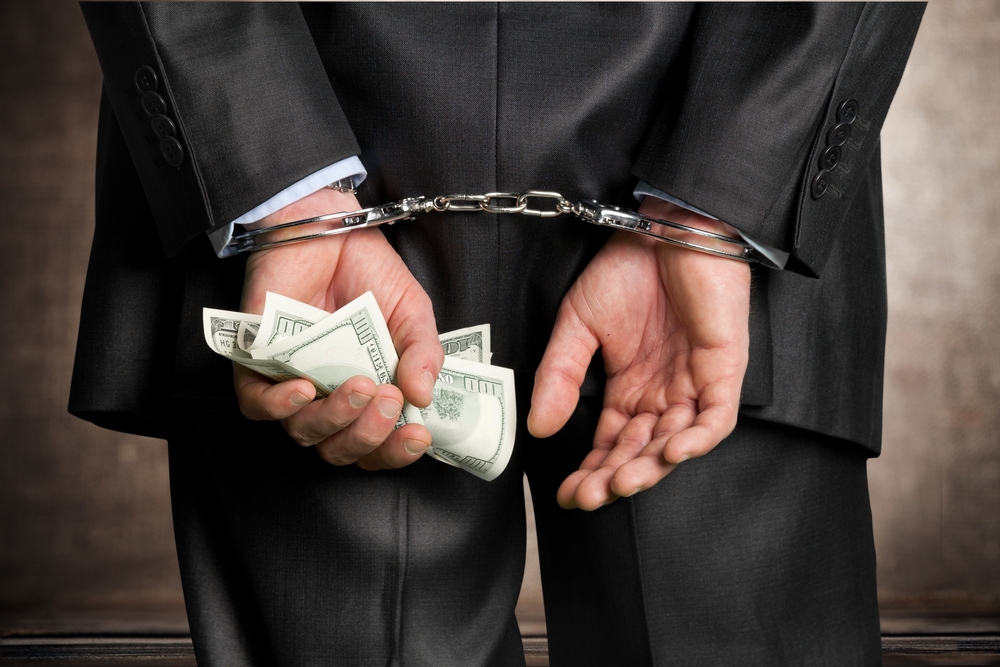Rape is an unlawful act that typically involves sexual intercourse carried out forcibly or under threat of injury against a person’s will. Rape is a global problem.
Accurate statistics regarding rape are notoriously difficult to obtain. The biggest complication is that most victims of sexual violence choose not to report it. There are many possible reasons for this decision: embarrassment, victim shaming, fear of reprisal from the rapist, even fear of how the victim’s own family will react.
Rape unlawful sexual activity, most often involving sexual intercourse against the will of the victim through force or the threat of force or with an individual who is incapable of giving legal consent because of minor status, mental illness, intoxication, unconsciousness, or deception. In many jurisdictions, the crime of rape has been subsumed under that of sexual assault. Rape was long considered to be caused by unbridled sexual desire, but it is now understood as a pathological assertion of power over a victim.
- Some countries consider any non-consensual sex to be rape as per their criminal laws. Others classify a sexual assault as rape only when it exceeds a certain threshold of violence.
- Some countries acknowledge spousal rape. Others do not.
- Some countries count any report of rape. Others count only those incidents that proceed to a legal trial.
- Some countries include non-consensual, and sometimes also consensual, sex with a minor—typically classified as statutory rape—in their rape totals. Other countries place any sex with a minor, consensual or not, into a separate category.
- Some countries confine the definition of rape to forced vaginal penetration during sexual intercourse only. Others consider any unwarranted penetration of the mouth, anus, or vulva with any body part or object to be rape.
- Some countries track only male-on-female rape. Others also track female-on-female, female-on-male, and male-on-male rape.
- Some countries count each individual assault that occurs between the same people (for instance, a child and a relative, or a man and his arranged fiancée) as its own separate incident. Others add all of the incidents together and count them as a single rape.
- Similarly, some countries count gang rapes as a single incident regardless of how many individuals participated. Others count gang rapes as multiple incidents (one per participant, minus the victim or victims).
Despite these variances in recording and reporting methods, the data nonetheless makes clear that rape is a major issue all over the world.
Rape is often explained or excused as a manifestation of racial, ethnic, and class hatred or as stemming from a patriarchal system in which women are viewed as the property of men. Whatever its origins, rape is a serious crime and is treated as a felony in most countries with common law systems. In many rape trials, the guilt or innocence of the accused hinges on whether or not the victim consented to sexual intercourse. The determination of consent often can lead to distressing cross examination of rape victims in court. As a result, many rape victims choose not to report the crime to police or refuse to press charges against their assailants. Rape is thus both under reported and under prosecuted. To protect women from humiliating cross-examination, many jurisdictions have adopted rape shield laws, which limit the ability of the defendant’s rape lawyer in Hamilton area to introduce the accuser’s sexual history as evidence.
Hostility toward women
Rapists often see women as sex objects who are there to fulfill men’s sexual needs. They tend to hold false beliefs, often described as rape myths. For instance, a rapist can believe that if a woman says no, she really means yes, and that she is just playing around or challenging him.
Difference between Rape and Marital Rape
- The definition of rape codified in includes all forms of sexual assault involving non-consensual intercourse with a woman.
- However, marital rape is an unwilling sexual intercourse of a woman by her husband immunizes such acts from prosecution.
- As per current law, a wife is presumed to deliver perpetual consent to have sex with her husband after entering into marital relations.
- Most countries criminalized marital rape from the late 20th country, but it is still unclear whether marital rape is covered by the ordinary rape laws or there is need for some separate laws on marital rape
Societal Attitude towards Rape victims
- It is very sad that living in the 21st century and worshipping goddesses, society always looked upon rape victims in a very questionable way as if, it’s their fault and a rape victim should he put at guilty for that violence and offense faced.
- Victims are continued to be seen as a scar on the fabric of society which bears strong cultured and social norms echoing patriarchal values.
- Society thinks that rape brings shame to victims and their families which is not so, because the convict of rape should be put to shame.



